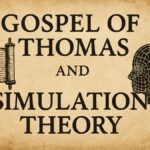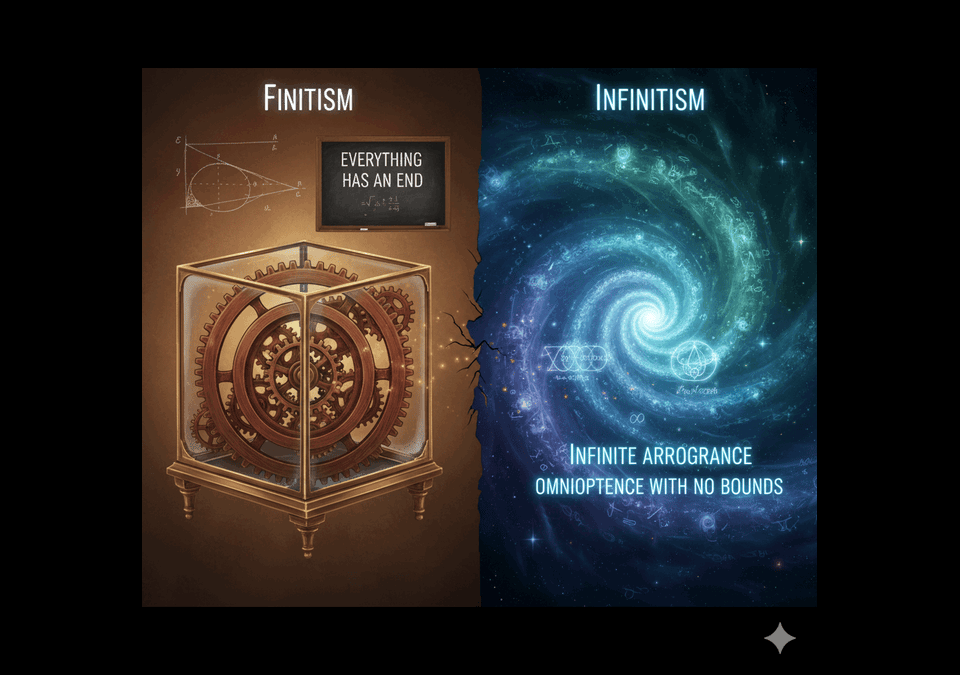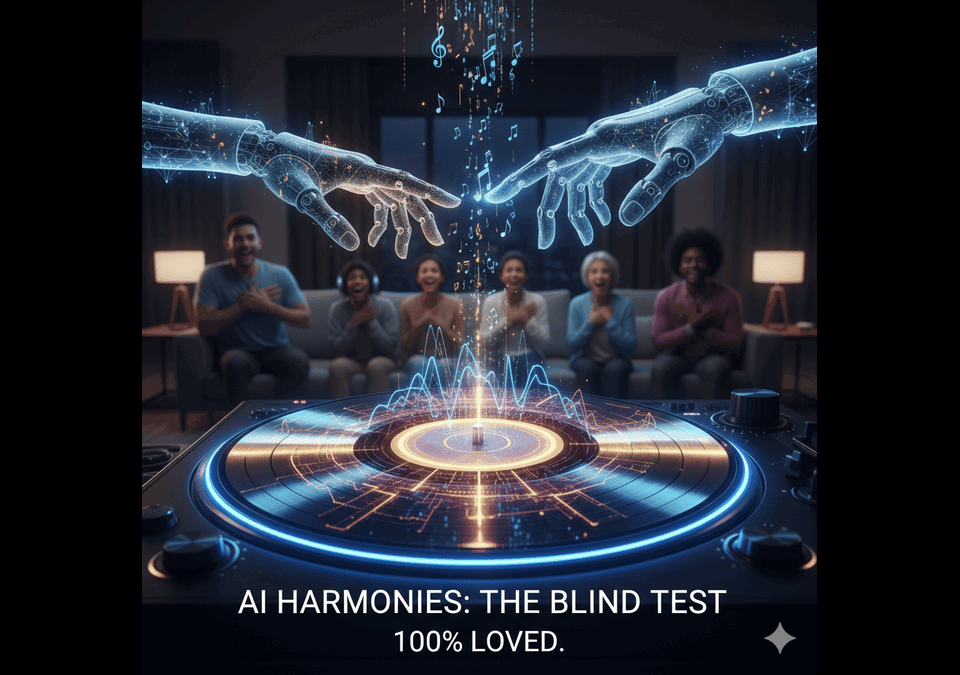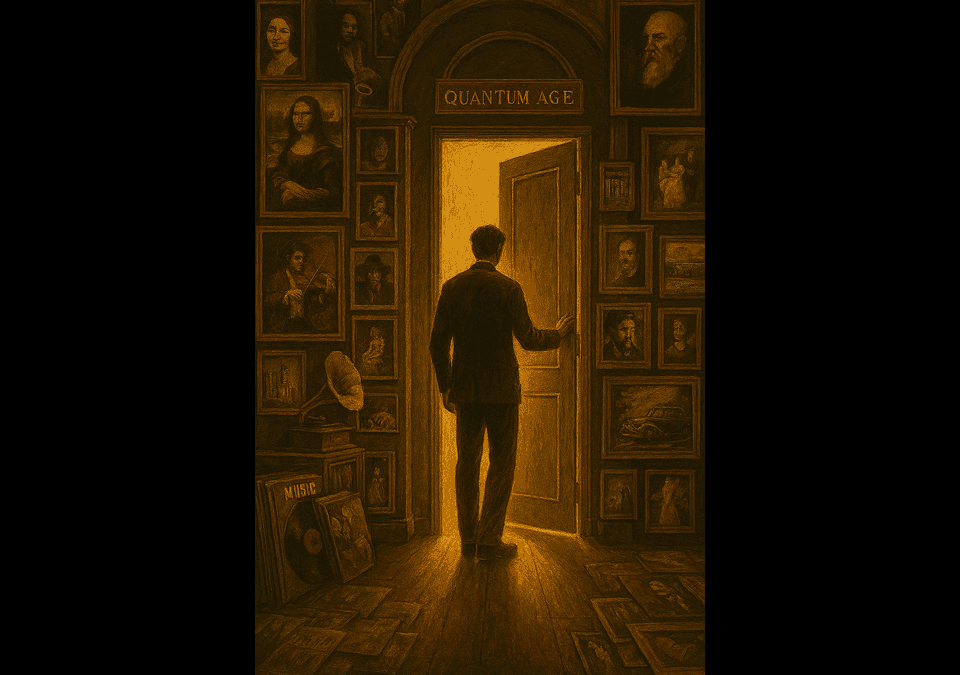
New Chinese AI Model Destroys DeepSeek: 100X More Powerful
September 11, 2025
The Gospel of Thomas: Decoding Ancient Gospel With Artificial Intelligence
September 12, 2025Astronomers are using multiple powerful telescopes in tandem to probe both the earliest light of the universe and the first black holes that emerged from the cosmic dawn. Here’s the lowdown, no sugarcoating. Astronomy is entering a new era of collaboration, where different telescopes will work together to tackle mysteries that no single observatory could solve alone. At the center of this effort is one of the biggest puzzles in cosmology: the origin of the universe’s first supermassive black holes.
Observations suggest that black holes billions of times more massive than the Sun were already in place less than a billion years after the Big Bang. Some evidence pushes this timeline even earlier to just 250 million years after the universe began. Their existence so soon after the birth of the cosmos challenges conventional models of black hole growth, which struggle to explain how such immense objects could have formed so quickly.
To solve this, three space observatories are set to team up. The Euclid Telescope, launched in 2023, and NASA’s upcoming Nancy Grace Roman Space Telescope will act as cosmic surveyors. Their wide-field views allow them to scan enormous stretches of sky, pinpointing rare, faint objects that might be early quasars or black hole candidates. Once these potential targets are found, the James Webb Space Telescope (JWST) takes over. Unlike Euclid and Roman, JWST specializes in sharp, detailed follow-up. With its powerful infrared instruments, it can dissect the light from these distant objects, confirming their identity and revealing their properties—mass, chemical environment, and how they formed.
This division of labor, a wide net, a precision scalpel, could uncover hundreds of early supermassive black holes. With a large enough sample, astronomers will be able to test theories about their origins, from the collapse of the first stars to the direct collapse of massive gas clouds. The results could dramatically reshape our picture of the young universe. Meanwhile, another front in this cosmic investigation is focused not on finding black holes directly but on uncovering the conditions that made them possible. The Cosmic Microwave Background (CMB), the faint afterglow of the Big Bang, offers a snapshot of the universe when it was only 380,000 years old. Projects like the Simons Observatory in Chile, and its proposed successor, the Advanced Simons Observatory, are working to measure the CMB’s tiny fluctuations with unprecedented sensitivity. These measurements provide insight into cosmic inflation, the invisible scaffolding of dark matter, and the seeds of structure that later gave rise to galaxies and, ultimately, black holes.
Together, these efforts highlight the collaborative nature of modern astronomy. Euclid, Roman, and JWST are building a direct census of the first supermassive black holes, while CMB experiments trace the blueprint of the cosmos that allowed them to form. Each approach alone would leave gaps in the story, but together they provide a fuller narrative of how the universe evolved in its first billion years. The discoveries ahead could do more than explain how black holes formed so early. They may reveal hidden forces shaping the cosmos, refine our timeline of the universe’s growth, and even shed light on dark matter and dark energy. In the next decade, thanks to the synergy of these telescopes, astronomers may finally be able to trace a clear line from the afterglow of the Big Bang to the first giants that lit up the cosmos.
Book


